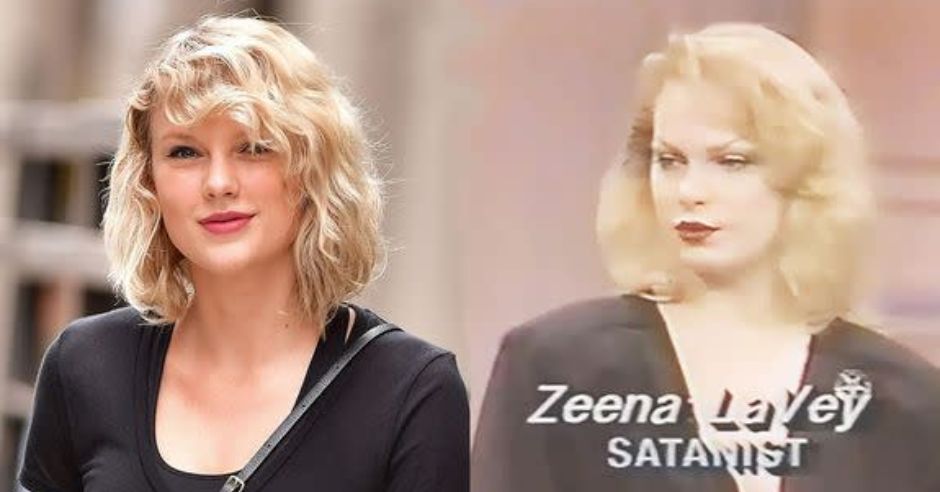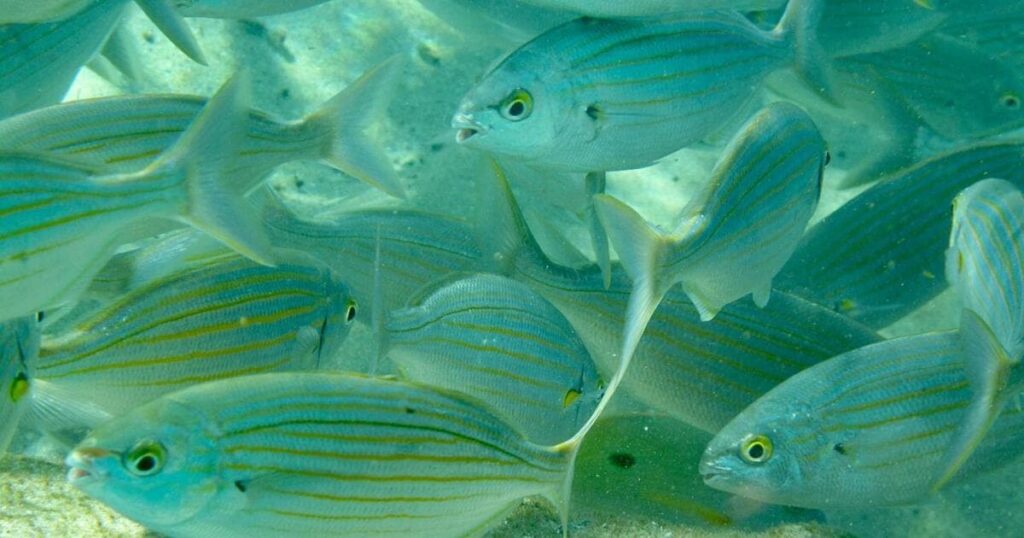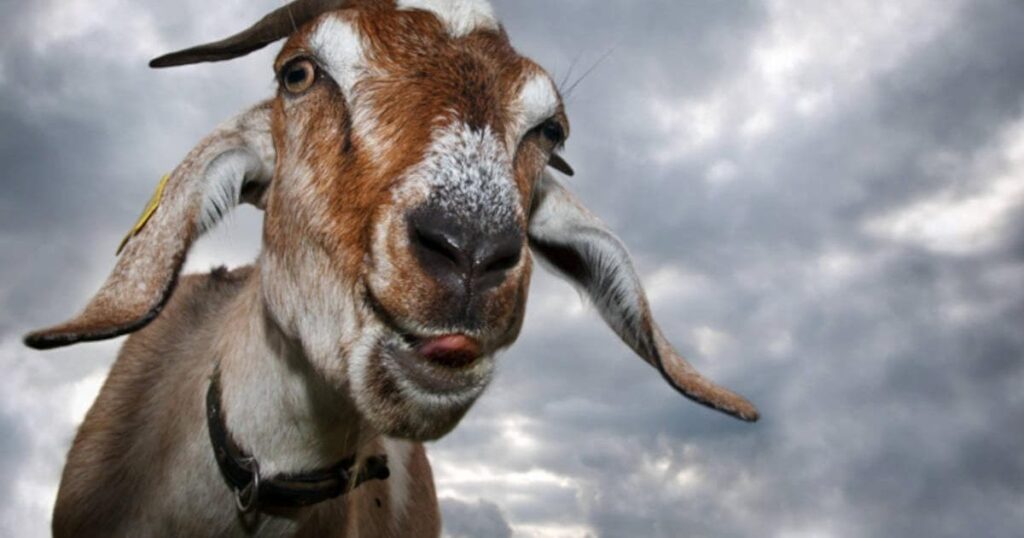In the wild and often bizarre landscape of internet conspiracy theories, few have gained as much traction and generated as much fervent (and often tongue-in-cheek) debate as the claim that Taylor Swift is not the original Taylor Swift, but rather a series of clones. While seemingly outlandish, this theory has persisted for years, fueled by supposed “evidence” meticulously compiled by online sleuths. Let’s dive into the rabbit hole and examine the core arguments presented as “proof” of Taylor Swift’s alleged cloning.

The “evidence” typically cited by proponents of the Taylor Swift clone theory often revolves around:
- Subtle Shifts in Appearance: Changes in her facial features, height, eye color, or even the shape of her hands over the years are presented as inconsistencies that could only be explained by a series of replacements. Comparisons of photos from different eras are often used to highlight these perceived differences.
- Evolution of Musical Style and Persona: Her transition from country sweetheart to pop superstar, and the various “eras” and image changes she has undergone, are sometimes interpreted not as artistic evolution, but as the distinct personalities of different clones.
- “Hidden Messages” and Symbolism: Some conspiracy theorists analyze her lyrics, music videos, and public appearances for supposed hidden clues or symbolic references to her alleged cloning or replacement.
- Unexplained Gaps or Inconsistencies in Her Biography: Any perceived inconsistencies in timelines, personal stories, or public records are often seized upon as further evidence of a manufactured identity.
- The Sheer Level of Her Productivity and Success: Her prolific songwriting, constant touring, and seemingly flawless public image are sometimes deemed too perfect to be the work of a single individual, suggesting a team of “Taylor Swifts” working in tandem.
It’s important to approach these claims with a healthy dose of skepticism and consider alternative, more logical explanations:
- Natural Changes Over Time: Human appearance naturally evolves with age, weight fluctuations, makeup techniques, and even lighting and camera angles in photographs.
- Artistic Growth and Reinvention: Musicians often experiment with different genres, styles, and public personas as their careers progress. This is a common and accepted aspect of the entertainment industry.
- The Human Tendency to See Patterns: Our brains are wired to find patterns, even where none exist. This can lead to misinterpretations of coincidences or subtle changes as significant “proof.”
- The Power of Suggestion and Confirmation Bias: Once a theory takes hold, individuals may selectively interpret information to fit their preconceived notions, ignoring evidence to the contrary.
- The Highly Managed Nature of Celebrity: Celebrities have teams of stylists, publicists, and other professionals who carefully craft their image and manage their public appearances. This can create a perception of perfection that may not reflect reality.
Ultimately, the theory that Taylor Swift is a clone remains firmly in the realm of unsubstantiated speculation. While entertaining to ponder for some, the “evidence” presented is largely based on subjective interpretations and a misunderstanding of natural human changes and the dynamics of the entertainment industry.
However, the very existence and persistence of this theory speak to Taylor Swift’s massive cultural impact and the intense scrutiny she faces as one of the world’s biggest stars. In a world saturated with information and a healthy dose of skepticism, even the most outlandish ideas can find an audience and spark a conversation.
What do you make of the Taylor Swift clone theory? Do you find it amusing, unsettling, or just plain ridiculous? Share your thoughts in the comments below!

